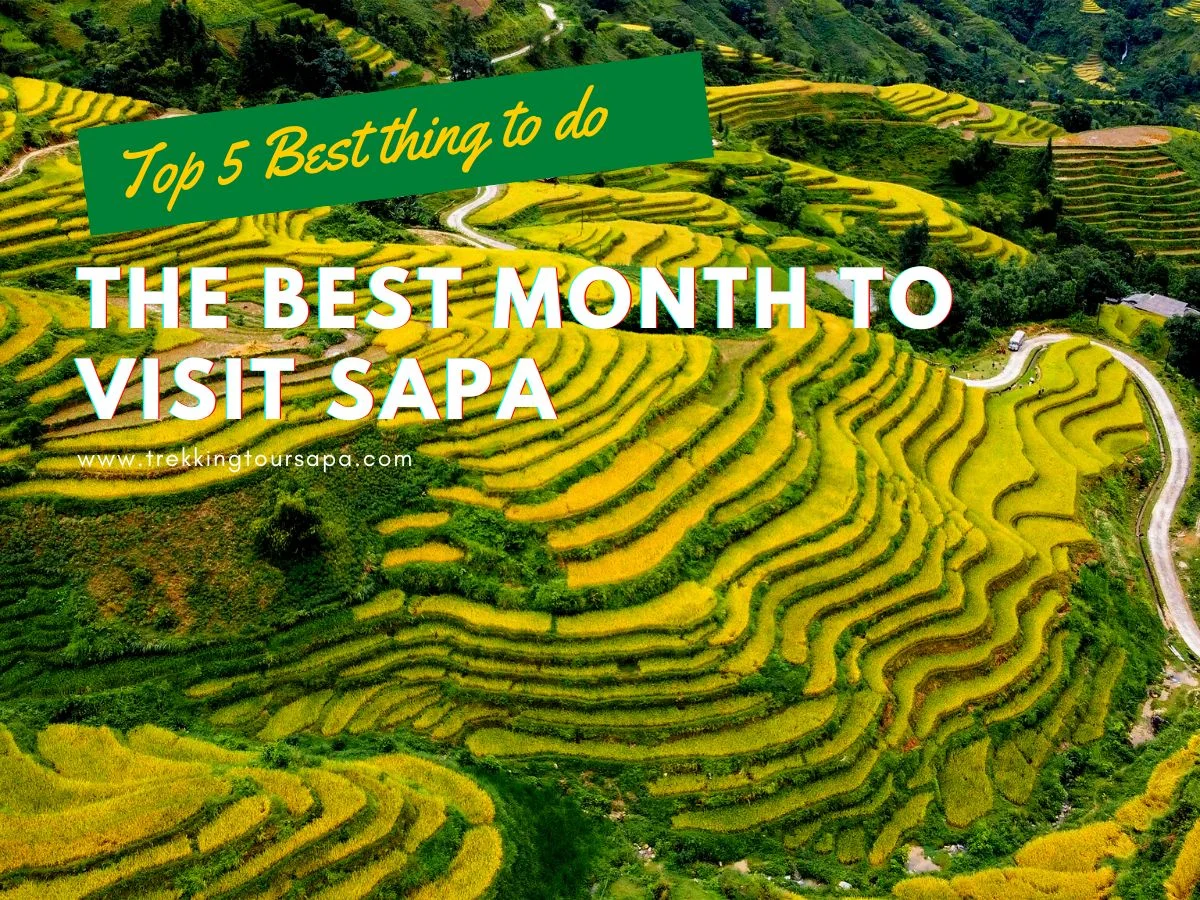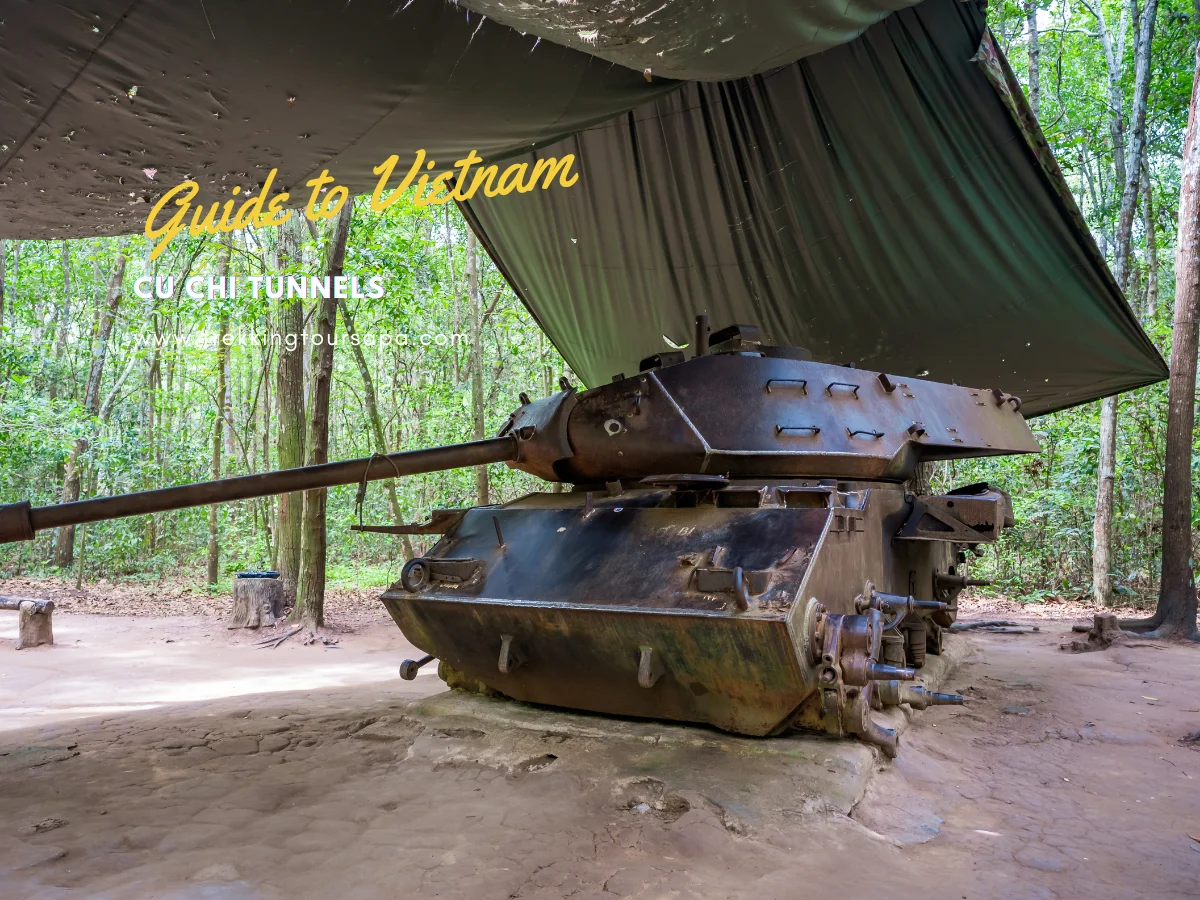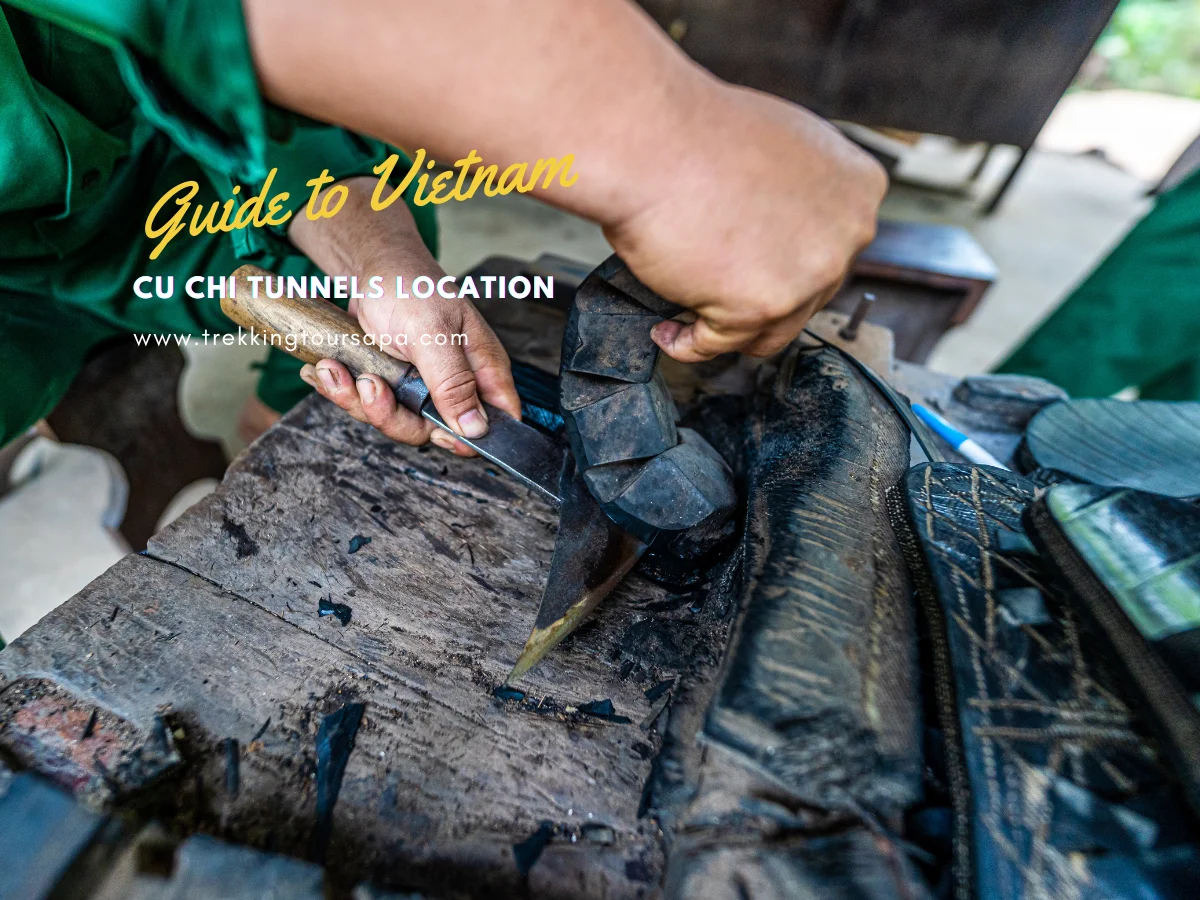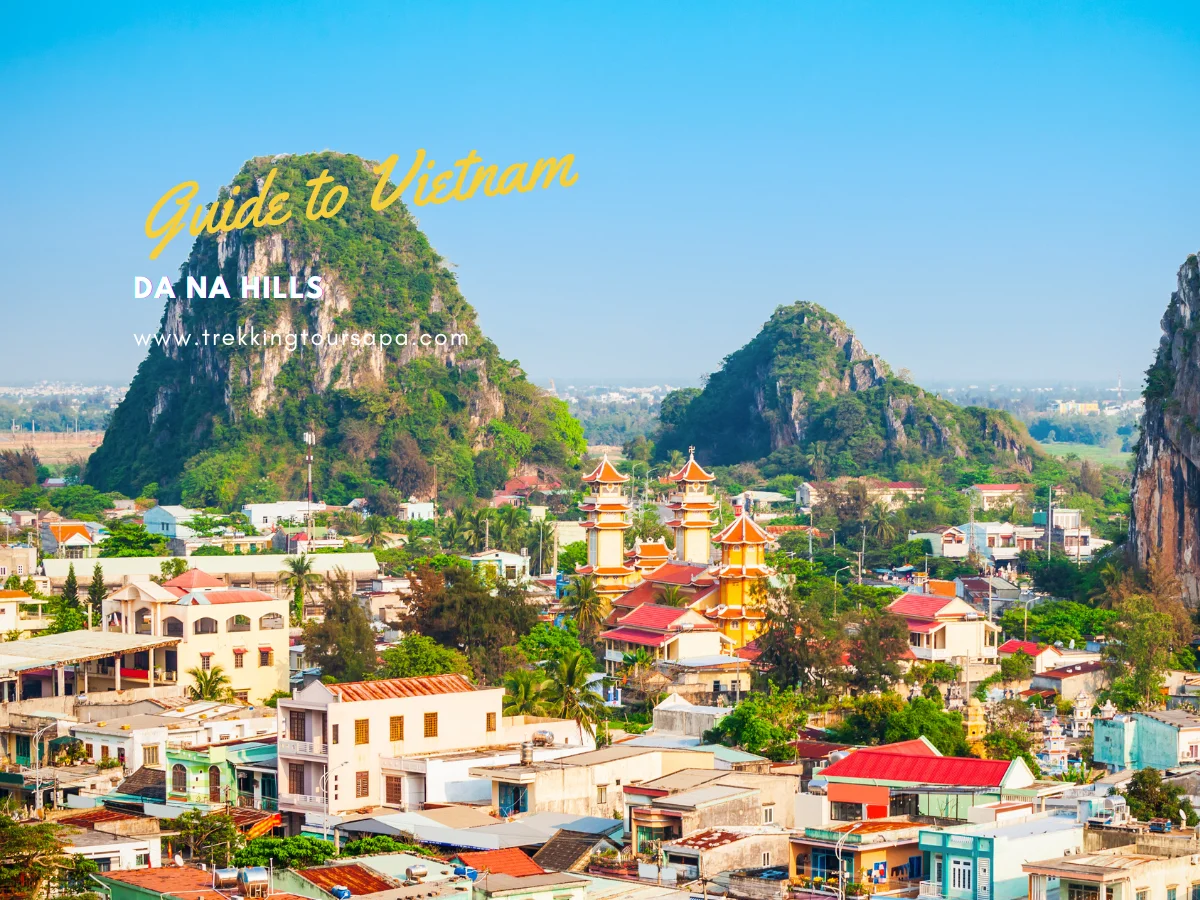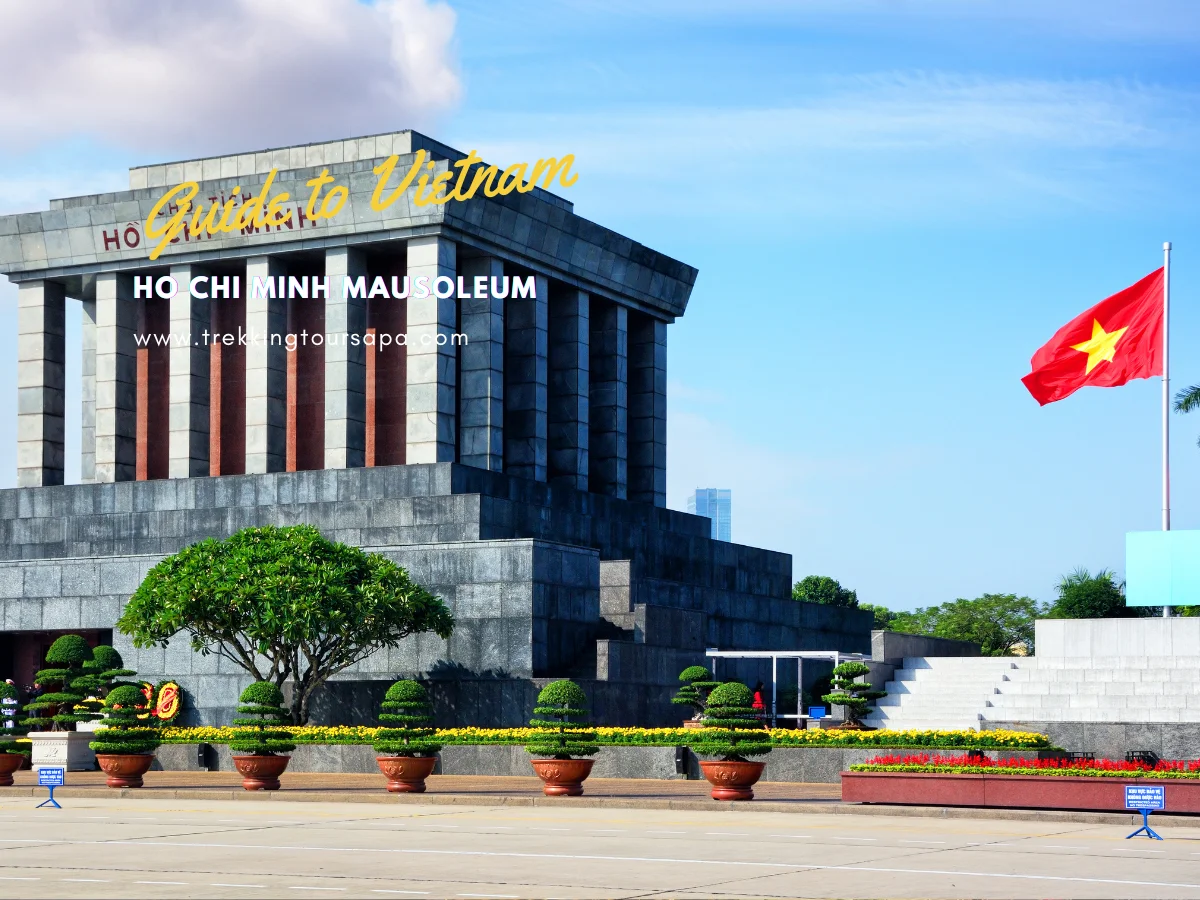Are you planning a trip to Sapa but don’t know when is the best month to visit Sapa? In this article, I’m going to share with you my personal experience of choosing the perfect month for your visit. Stick around and find out what’s the ideal month for your trip!
Table of Contents
ToggleI. Introduction
Choosing the right month for your visit can make or break your experience. With its majestic mountains, lush rice terraces, and vibrant hill tribes, Sapa offers something for everyone – no matter what season you choose.
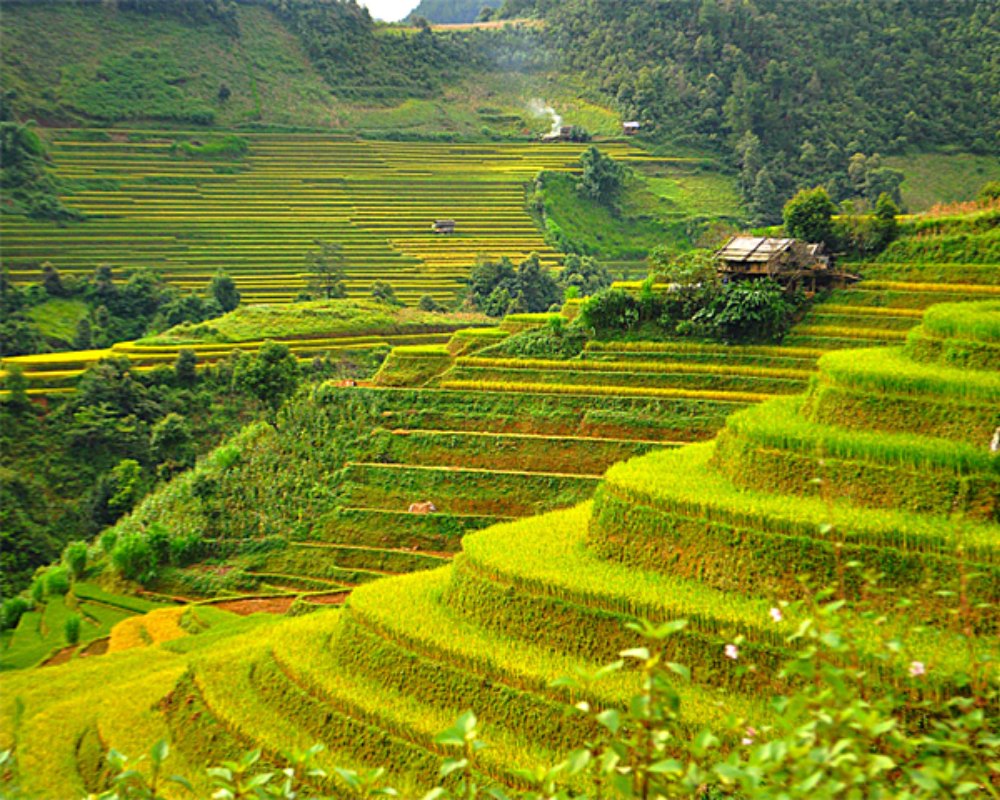
A. Briefly introduce Sapa and its location in Vietnam
How Sapa is a peaceful mountain town in North West Vietnam, close to the Chinese border. Located in Lao Cai province and near the Hoang Lien Son range of mountains, it is known for its spectacular views of terraced rice paddies, lush green valleys, and unique hill tribes. What’s more, the weather in Sapa varies throughout the year depending on what time you visit. Read on to find out which month is best for your visit!
B. What to expect during different months of the year
October-December: During this time, temperatures are mild and clear with warm days and cool nights. The perfect time for hiking, trekking, and visiting local attractions!
January-April: Warmer temperatures with increased humidity but also the emergence of wildflowers. Bring an umbrella if you plan on visiting during these months!
May-September: Rainy season in Sapa but still plenty of activities are available including trekking, hiking, and exploring nearby villages. Keep an eye on the weather forecasts just in case rain interrupts any outdoor activity!
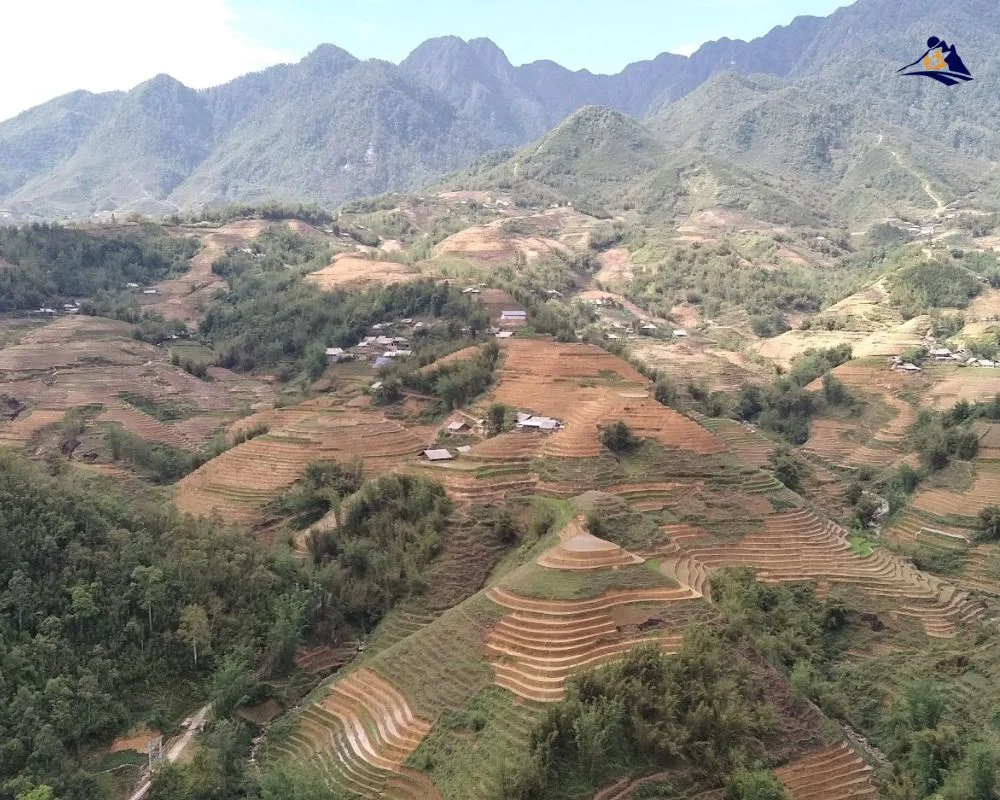
B. Explain the importance of choosing the right time to visit Sapa
It is essential to choose the right time to visit Sapa. Different months have different weather and activities. For example, in October-December, it is mild and clear with warm days and cool nights, so you can go hiking or trekking. In January-April, it is warmer with more humidity but also flowers blooming. In May-September, it tends to be rainy but there are still lots of things you can do like exploring nearby villages!
C. What to consider when deciding which month to visit Sapa
When deciding which month is best for your trip, there are a few things you should consider. Firstly, what type of activities do you want to do? Trekking, hiking, and exploring local attractions will be more enjoyable during the dry season (October-December) while photography or bird watching can still be done in the rainier months (May-September). Secondly, how much time do you have? If you’re planning a longer stay then some months may be more suitable than others depending on your itinerary. And finally, make sure to check the weather forecast before heading off so you know what to expect!
Sapa 1 Day Tours
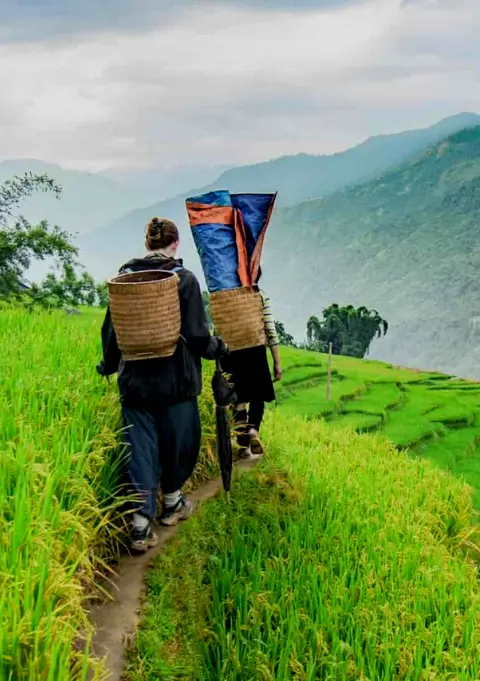
- 1 day experience
- Moderate to challenging
- Cultural immersion & active adventure
- Rice fields, valleys & villages
- Private tours
- Vegan-friendly
Sapa 2 Day Tours
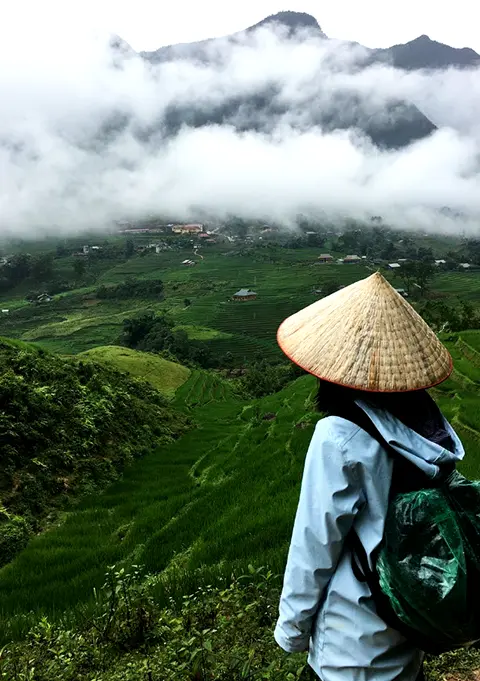
- 2 days 1 night experience
- Moderate to challenging
- Cultural immersion & active adventure
- Mountains, valleys, rice fields and villages
- Private tours
- Vegan-friendly
Sapa 3 Day Tours
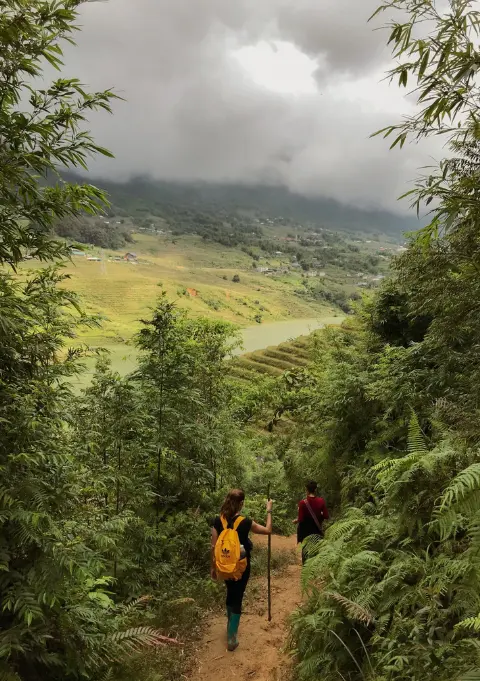
- 3 days 2 night experience
- Moderate to challenging
- Cultural immersion & active adventure
- Mountains, valley, rice fields & villages
- Private tours
- Vegan-friendly
Sapa 4 Day Tours
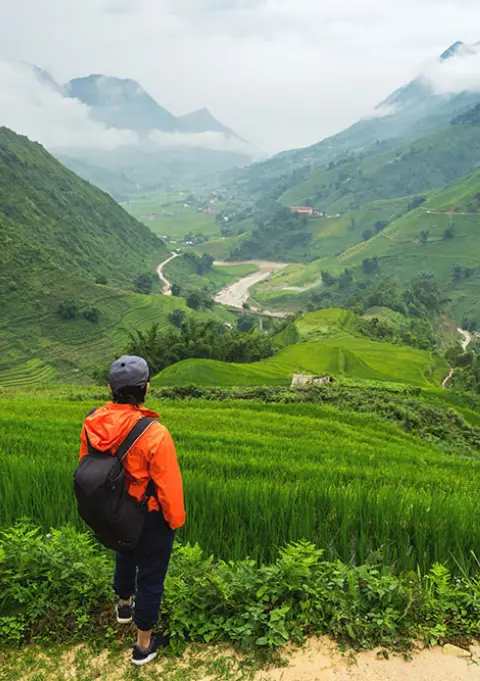
- 4 days 3 night experience
- Moderate to challenging
- Cultural immersion & active adventure
- Mountains, valleys, rice fields & villages
- Private tours – Less Touristic
- Vegan-friendly
II. Personal Experience
Finally, here is my personal experience of choosing the best month to visit Sapa. I decided October-December as this is the dry season, with mild and clear days perfect for exploring and trekking around the area. What’s more, the weather during this time of year was not too hot – great if you’re not a fan of heat! We also visited some of the local villages and markets, where we could learn about the culture and try out some delicious local dishes. What’s more, as it was autumn in Sapa, there were lots of wildflowers blooming which made for some gorgeous photos. All in all, I felt like October-December was the perfect month to visit Sapa and I would recommend it!
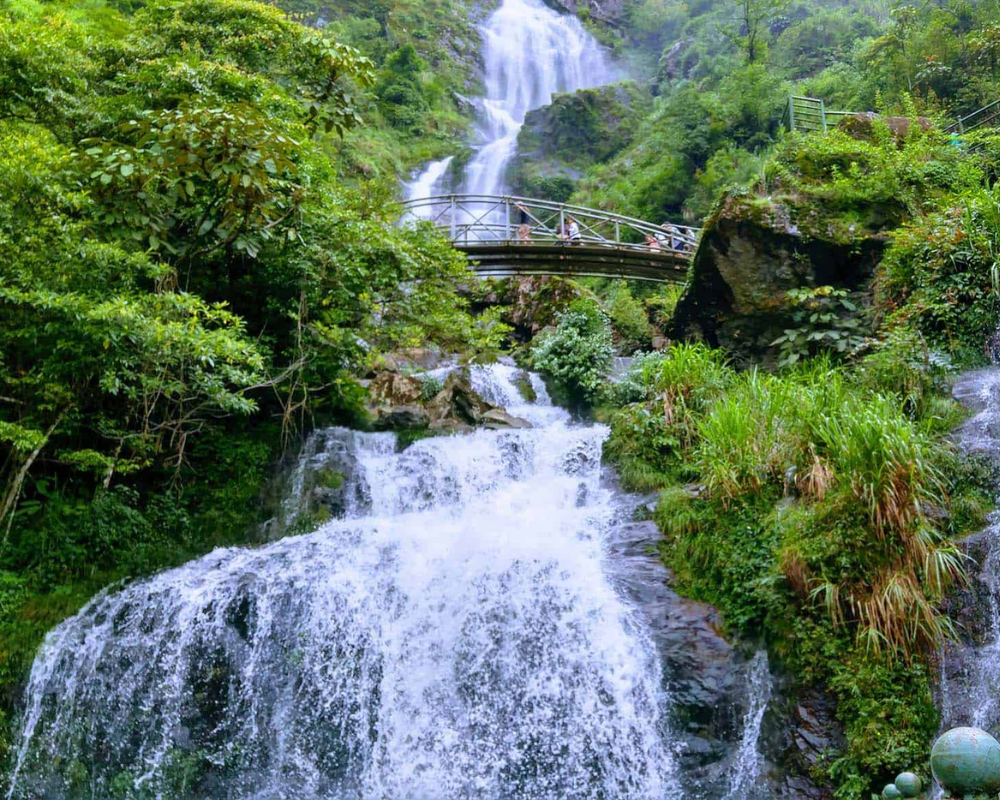
A. Describe my trip to Sapa in various months
Visiting Sapa in different months can be a lot of fun! In October-December, the days are mild and clear with warm days and cool nights. This is a great time for trekking, hiking, and seeing local attractions. From January-April, it’s warmer but also more humid. May-September is the rainy season but you can still go explore nearby villages! When deciding which month to visit Sapa, think about what activities you want to do and how much time you have. Make sure to check the weather forecast before going too!
B. Share observations on the weather, crowds, and overall experience during each month
In October-December, the weather was mild and clear with warm days and cool nights. This time of year is great for outdoor activities like trekking and hiking, and it’s also less crowded than the peak season of January-April. During this season, you can also experience the beauty of wildflowers blooming all over Sapa. What’s more, there are usually fewer crowds in this period, so it’s a great time to explore the local villages and markets without feeling overwhelmed or rushed.
January-April is characterized by warmer temperatures with increased humidity but also a variety of wildflowers that start to bloom during this time. The crowds tend to increase during this period as well due to school holidays and long weekends; however, if you plan your trip accordingly then it can still be an enjoyable experience.
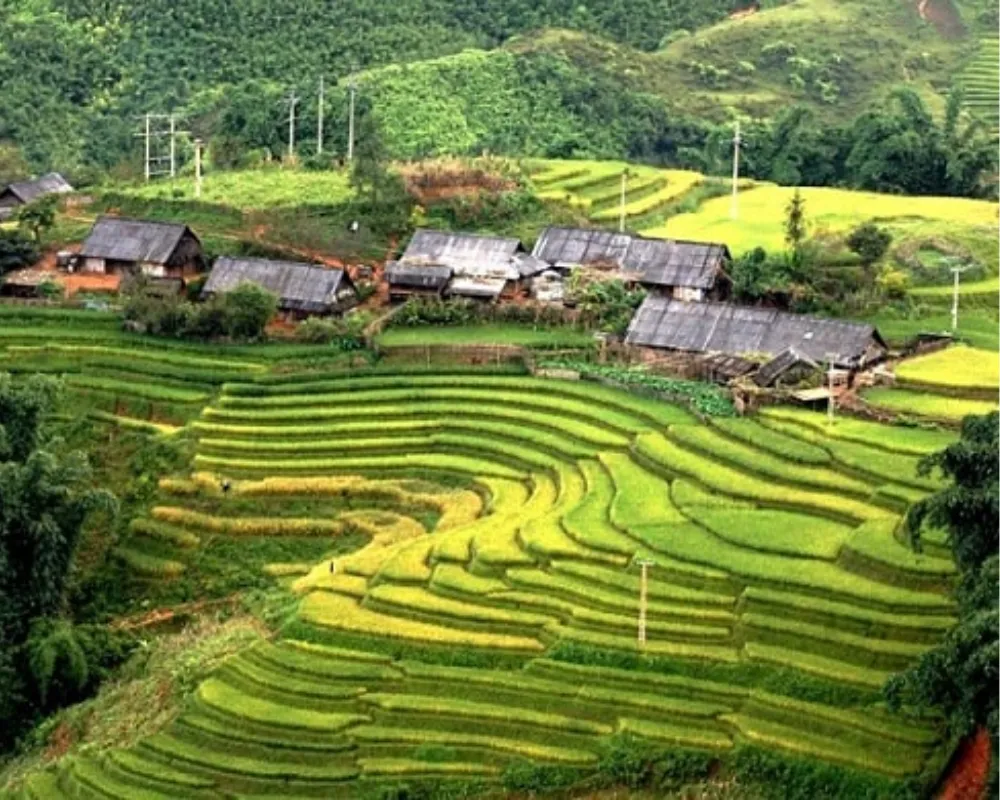
May-September marks Sapa’s rainy season though there are still plenty of things to do despite the wet weather! Trekking and hiking can still be done provided you’re prepared with waterproof clothing and equipment. What’s more, exploring nearby villages can be made even more interesting with glimpses of traditional houses along the way. To make sure you get the most out of your visit, keep an eye on weather forecasts so that outdoor activities don’t get interrupted by rain showers!
C. Provide tips and advice based on my experiences
When planning a trip to Sapa, the best advice I can give is to consider what activities you’d like to do, and how much time you have, and then check the weather forecast before heading off! If you’re looking for excellent trekking and hiking opportunities then October-December would be the ideal month to visit. What’s more, this time of year also offers mild temperatures that are great for exploring local attractions and villages with fewer crowds than in peak season (January-April). For those looking for something different, May-September marks Sapa’s rainier season but it still provides plenty of opportunities for photography or bird watching – just make sure to bring waterproof clothing and equipment! Ultimately though, every month has its charm which makes Sapa worth exploring any time of year.
III. Best Months to Visit Sapa
A. Discuss the top three months to visit Sapa based on my personal experience and research
Sapa weather by month – Based on my personal experience and research, the three best months to visit Sapa are October-December, January-April, and May-September. These months provide unique advantages for travelers depending on their interests and goals.
October-December is a mild time of year with warm days and cool nights which makes it ideal for trekking, hiking, exploring local attractions, and taking in the natural beauty of wildflowers blooming all over Sapa. What’s more, this time of year sees fewer crowds than during peak season so visitors can explore the local villages and markets without feeling overwhelmed or rushed.
January-April is characterized by warmer temperatures with increased humidity but also a variety of wildflowers that start to bloom during this time. The crowds tend to increase during this period as well due to school holidays and long weekends; however, if you plan your trip accordingly then it can still be an enjoyable experience with plenty of opportunities for sightseeing.
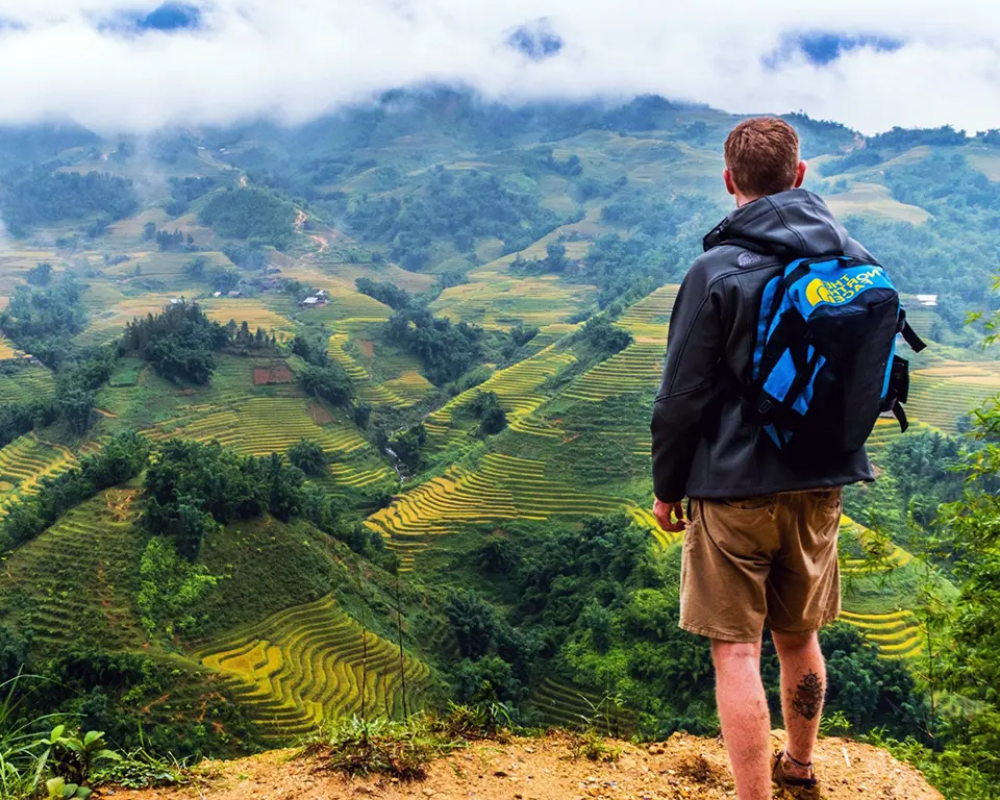
The rainy season from May-September marks the perfect opportunity for photography enthusiasts or bird watchers seeking a different kind of experience. Trekking and hiking are still possible provided you’re prepared with waterproof clothing and equipment while exploring nearby villages can be made even more interesting with glimpses of traditional houses along the way. Ultimately though, every month has its charm which makes Sapa worth exploring any time of year!
Sapa in December: December is a popular time for travelers, but it’s also one of the coldest months in Sapa with temperatures dropping below 10°C/50°F. This makes outdoor activities such as trekking more challenging and increases your chances of altitude sickness if you plan on visiting higher altitudes.
Sapa in September: September is a great time to visit Sapa if you’re looking for warmer weather and fewer crowds. Temperatures tend to stay pleasant, usually around 20°C/68°F, making it an ideal time for outdoor activities such as trekking or exploring nearby villages.
Even though rain is more likely during this month compared to other times of the year, it also tends to be milder and often comes in short bursts making it perfect for sightseeing and taking photographs. Make sure to take necessary precautions if visiting Halong Bay at this time as high waves can occur due to strong winds that come up suddenly. With its diverse landscapes, vibrant culture and countless activities, no matter what time of year you choose, your trip to Sapa and Halong Bay will be memorable!
Fansipan Hiking 1 Day
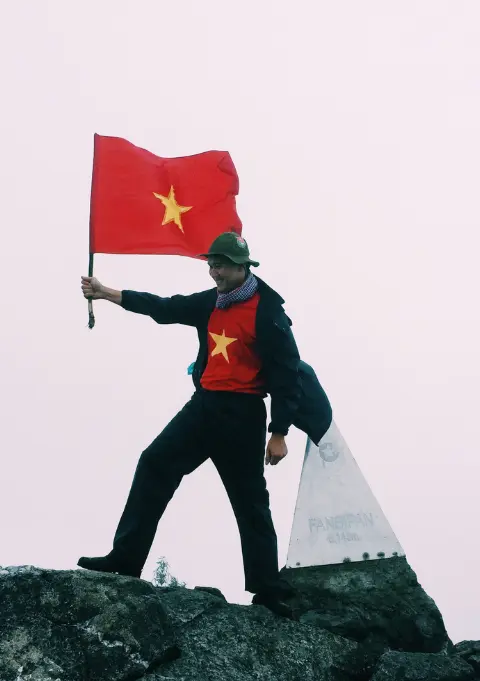
- 1 day fansipan experience
- Moderate to challenging
- Cultural immersion & active adventure
- Visit Fansipan, highest mountain of Indochina
- Private tours
- Vegan-friendly
Fansipan Trekking 2 Days
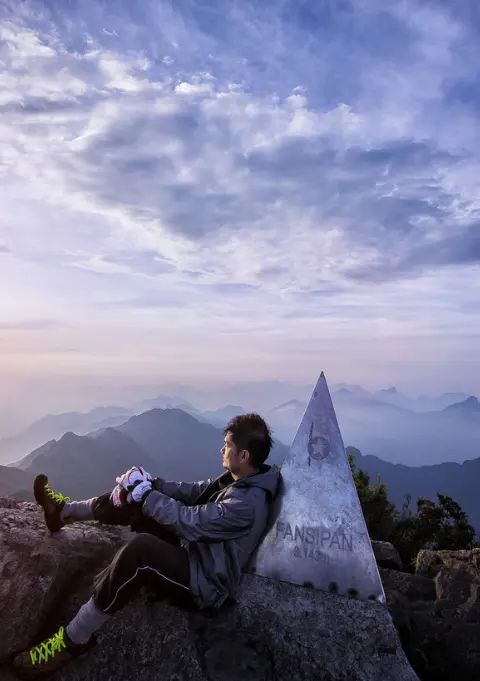
- 2 days 1 night fansipan experience
- Moderate to challenging
- Cultural immersion & active adventure
- Visit Fansipan, highest mountain of Indochina
- Private tours
- Vegan-friendly
Buy Cable Ticket Online
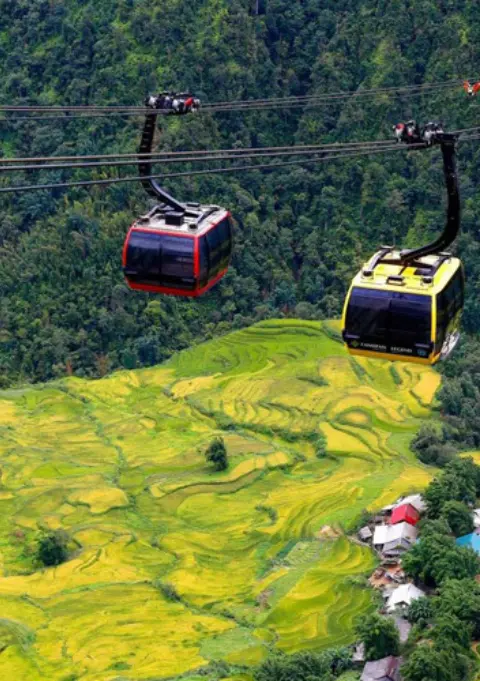
- [QR Code] Buy Fansipan Cable Car Tickets Online
- Non-refundable
- Present your e-voucher
- Fixed-day ticket
- Admission with voucher
B. Describe what makes these months the best for travel
When it comes to traveling to Sapa, the best months for travel depend on what activities and experiences you are looking for. October-December is a great time for trekking, hiking, and exploring local attractions due to its mild temperatures with cooler nights. What’s more, this time of year sees fewer crowds than during peak season so visitors can explore the local villages and markets without feeling overwhelmed or rushed.
January-April offers warmer temperatures with increased humidity but also a variety of wildflowers that start to bloom during this time. The months from May-September mark the perfect opportunity for photography enthusiasts or bird watchers as there is less traffic in Sapa making it easier to find interesting photo spots. Trekking and hiking are still possible provided you’re prepared with waterproof clothing and equipment while exploring nearby villages can be made even more interesting with glimpses of traditional houses along the way.
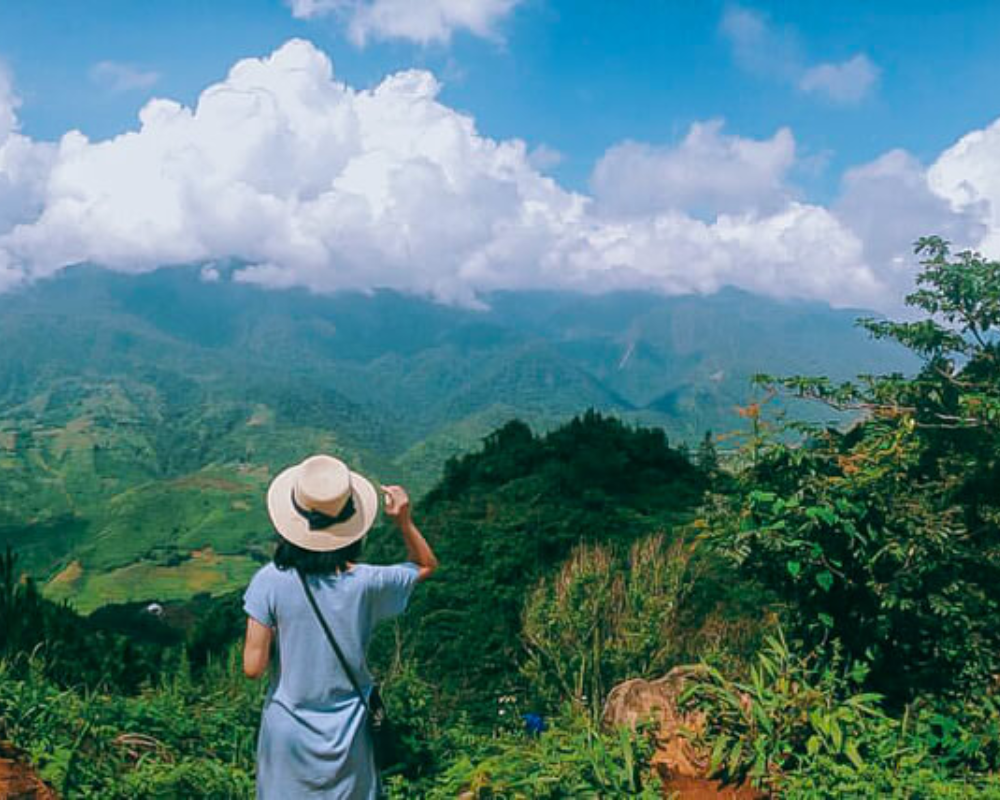
Ultimately though, all four seasons offer different experiences when it comes to visiting Sapa so it all depends on what you’re looking for! Whether you want to explore its stunning landscapes or experience local culture, there’s something for everyone throughout the year!
C. Provide additional tips and advice for traveling during these months
Additional tips and advice for traveling to Sapa during the best months of the year include making sure to stay hydrated and wear layers while trekking. Also, visitors should research the local culture and customs before arrival to respect and appreciate local traditions. Additionally, visitors should budget their time accordingly as there is much to see and do in the area, from trekking through jungles, exploring nearby villages, or simply enjoying the breathtaking views of the mountain ranges.
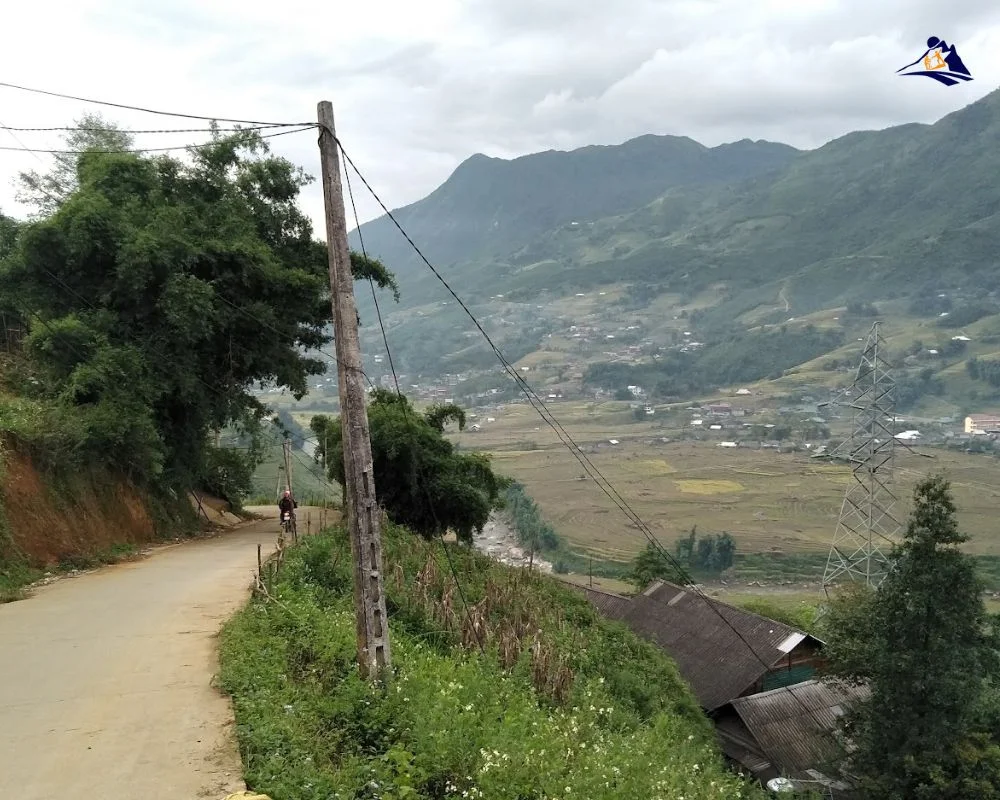
It’s also important to be aware of potential altitude sickness when visiting Sapa. Altitude sickness can affect people differently depending on their fitness levels; thus travelers need to take breaks when needed and drink plenty of water throughout the day to stay hydrated. Additionally, visitors should expect some level of rainfall during any given month as Sapa experiences wet days regularly. As such, travelers must come equipped with both waterproof clothing and equipment to make sure they are prepared for any unexpected weather changes.
No matter which month you choose for your trip, you can expect a unique experience each time thanks to Sapa’s diverse landscapes and culture!
Things to do in sapa
Sapa is a great destination for travelers of all ages and interests. With its diverse landscapes, vibrant culture, and countless activities, it’s no wonder why this area has become such a popular tourist attraction. Here are some of the top things to do in Sapa:
1. Trekking
From easy day treks to multi-day hikes through jungles and mountains, there’s something for everyone when it comes to trekking in Sapa. What makes this activity even better is that you can explore remote villages on your journey, allowing you to learn more about the local culture and people along the way.
2. Exploring ethnic minority villages
As you trek or drive through the area you will come across many small villages that are inhabited by ethnic minorities such as Hmong, Tay, and Dao. These communities offer a unique insight into traditional Vietnamese lifestyles and cultures so take some time to talk with locals and immerse yourself in their way of life.
3. Visiting local markets
Markets are at the heart of any town or village in Vietnam and Sapa is no exception. These bustling places are full of stalls where locals showcase their handmade crafts, unique clothing items, home-cooked food, fresh fruits and vegetables, spices, herbs and more! Take some time out of your trip to explore one (or two!) of these lively spots for an authentic experience like no other.
4. Enjoying breathtaking views
The stunning mountain ranges in Sapa will take your breath away! Not only is it an amazing place to take photos but also offers incredible opportunities for paragliding if that’s something that interests you! What could be better than soaring through the clouds while taking in panoramic views?
5. Participating in cultural activities
There are lots of fun cultural activities available in Sapa such as cooking classes with locals or visiting nearby waterfalls or hot springs if they exist nearby. Taking part in these experiences will help provide you with an even deeper understanding (and appreciation) of this region’s culture!
Great time to visit sapa and Halong bay
Visiting Sapa and Halong Bay is an experience like no other. Not only are there stunning landscapes to explore, but each location is steeped in culture and tradition. When planning your trip, the best time to visit both locations depends on the type of experience you’re looking for.
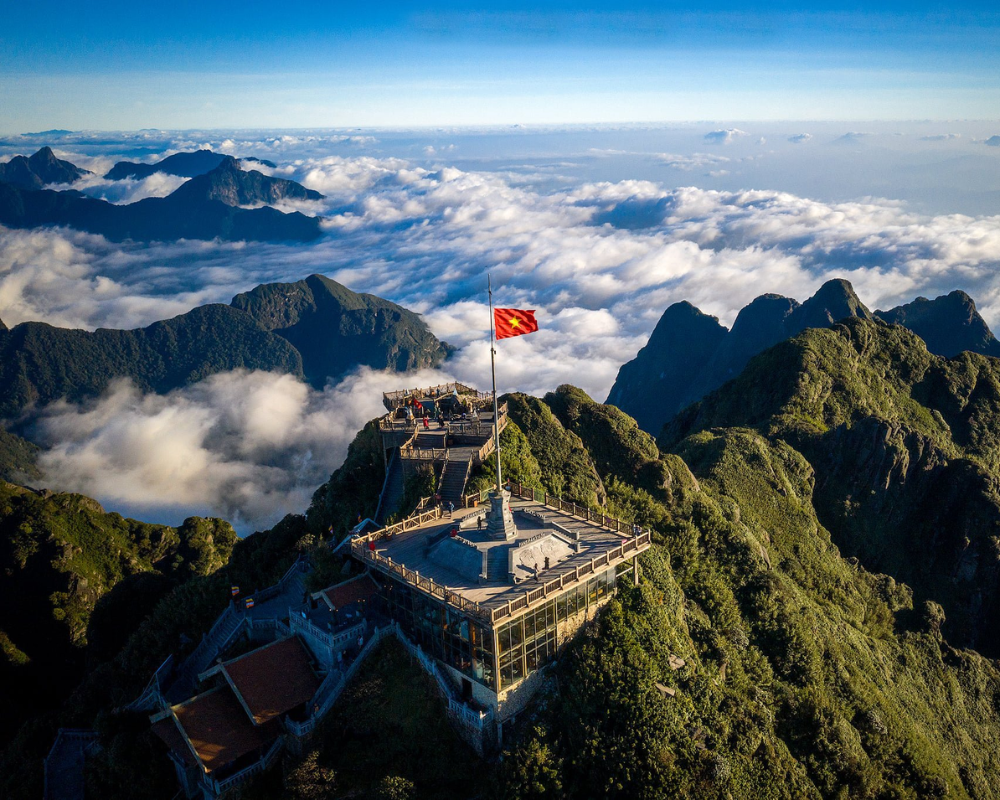
In Sapa, temperatures tend to be milder during January-April when wildflowers are blooming throughout the area, while May-September offer cooler temperatures with decreased traffic which makes it great for photography enthusiasts or bird watchers. October-December has temperate and humid weather perfect for trekking through jungles or exploring nearby villages without as much crowding as during other months. If you plan on visiting at higher altitudes, make sure to budget plenty of rest stops and stay hydrated throughout your journey in order to avoid altitude sickness.
Halong Bay experiences two distinct seasons; the dry season from October-April with less rainfall but cold temperatures and the wet season from May-September where temperatures tend to be warmer but there is more chance of rain during this time. During either season, travelers should pack wisely and wear layers for a comfortable journey through the area. Additionally, if visiting Halong Bay by ship make sure to take necessary precautions as high waves can occur due to strong winds that come up suddenly.
Sapa 1 Day Tours

- 1 day experience
- Moderate to challenging
- Cultural immersion & active adventure
- Rice fields, valleys & villages
- Private tours
- Vegan-friendly
Sapa 2 Day Tours

- 2 days 1 night experience
- Moderate to challenging
- Cultural immersion & active adventure
- Mountains, valleys, rice fields and villages
- Private tours
- Vegan-friendly
Sapa 3 Day Tours

- 3 days 2 night experience
- Moderate to challenging
- Cultural immersion & active adventure
- Mountains, valley, rice fields & villages
- Private tours
- Vegan-friendly
Sapa 4 Day Tours

- 4 days 3 night experience
- Moderate to challenging
- Cultural immersion & active adventure
- Mountains, valleys, rice fields & villages
- Private tours – Less Touristic
- Vegan-friendly
Here’s a table with more details on the best times to visit Sapa:
| Month | Weather | Crowds | Activities/Events |
|---|---|---|---|
| December | Cold and Cool | Moderate | Trekking, outdoor activities, Christmas and New Year’s |
| February | Cool | Low to Moderate | Trekking, outdoor activities, flower season |
| April | Warm and Dry | Moderate | Trekking, outdoor activities, lush greenery |
| June to August | Warm and Wet | High | Rice terrace season, cultural experiences |
| October | Cool and Dry | Low to Moderate | Trekking, outdoor activities, harvest season |
Note: These are general observations based on average weather patterns, tourist seasons, and activities/events in Sapa. Actual weather, crowd conditions, and events may vary. It’s always a good idea to check weather forecasts and book accommodations and tours in advance.
Here are some additional details on each month:
- December: The cool and dry weather in December makes it an ideal time for trekking and outdoor activities. Additionally, the festive atmosphere in Sapa during this time adds to the overall experience. Visitors can enjoy Christmas and New Year’s celebrations, including a traditional ethnic minority market in Bac Ha.
- February: February is another great month to visit Sapa because the weather is cool and dry, and the flowers are in full bloom. The town is particularly beautiful during this time, and it’s an ideal time to go on scenic hikes and explore the countryside. Visitors can also attend the Love Market Festival, a traditional ethnic minority event that takes place on the 14th and 15th day of the Lunar New Year.
- April: This month is warm and dry, making it perfect for outdoor activities such as trekking, hiking, and exploring the natural beauty of Sapa. Additionally, the greenery is lush and beautiful during this time, providing great opportunities for photography. Visitors can also attend the Hmong New Year celebration, which takes place in mid-April.
- June to August: These months are warm and wet, with occasional heavy rains. Although the weather may not be ideal for trekking and outdoor activities, it’s an excellent time to see the vibrant rice terraces in their full glory. Visitors can also attend the Sapa Cultural Tourism Week, which takes place in late June and early July and features a range of cultural activities and performances.
- October: This month is cool and dry, making it ideal for trekking and outdoor activities. Additionally, it’s the harvest season, and visitors can witness the beautiful rice terraces being harvested, providing a unique cultural experience. Visitors can also attend the Sapa Autumn Festival, which takes place in mid-October and features a range of cultural activities and performances.
Best Assistant For Your Trek
IV. Conclusion
A. Summarize the best months to visit Sapa
Sapa is an incredible destination in Vietnam that offers something for everyone year-round. The best months to visit Sapa depend on what activities and experiences you are looking for. For trekking, hiking, and exploring local attractions, the months of October-December offer mild temperatures with fewer crowds. January-April brings warmer temperatures with increased humidity along with a variety of wildflowers blooming during this time. May-September offers unique opportunities for photography enthusiasts or bird watchers as there is less traffic in Sapa making it easier to find interesting photo spots.
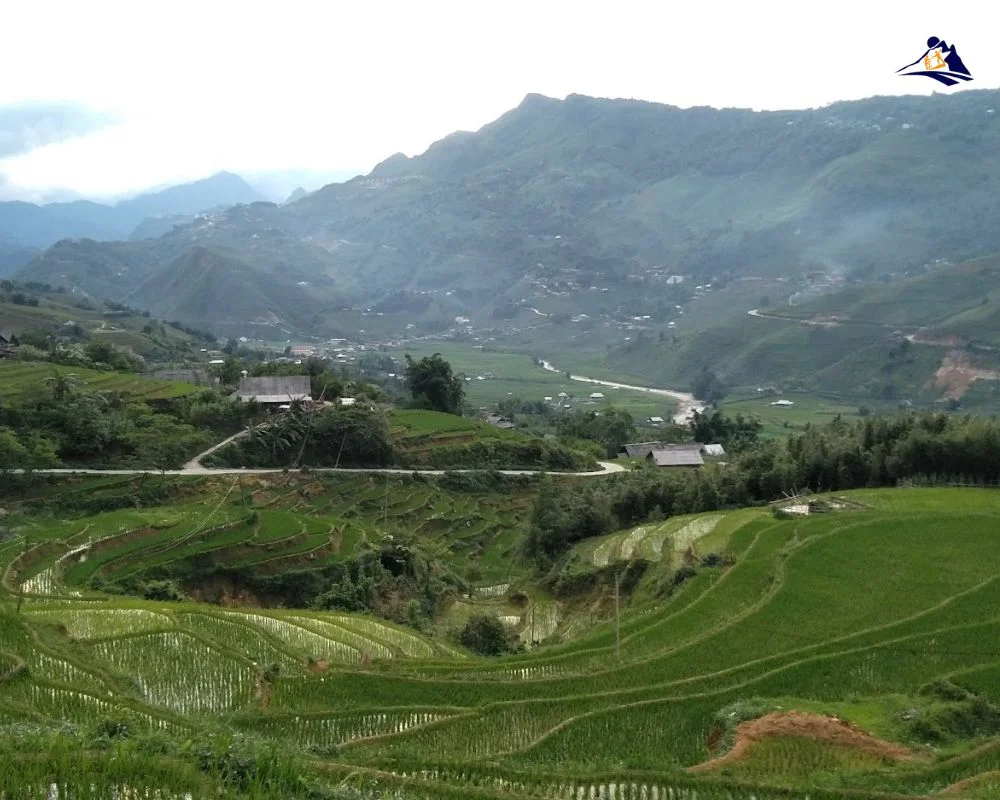
No matter which month you choose for your trip, you can expect a unique experience each time thanks to Sapa’s diverse landscapes and culture! It’s important to be aware of potential altitude sickness when visiting Sapa, so it’s recommended that travelers come equipped with both waterproof clothing and equipment to make sure they are prepared for any unexpected weather changes. Additionally, visitors should budget their time accordingly as there is much to see and do in the area, from trekking through jungles, exploring nearby villages, or simply enjoying the breathtaking views of the mountain ranges.
B. Encourage readers to plan their trip to Sapa for the best experience during these months.
If you’re looking for mild temperatures and fewer crowds while trekking, October-December is the perfect time to visit. During January-April, visitors will find warmer temperatures with wildflowers blooming throughout the area. May-September offers unique opportunities for photography enthusiasts or bird watchers as there is less traffic in Sapa making it easier to find interesting photo spots.
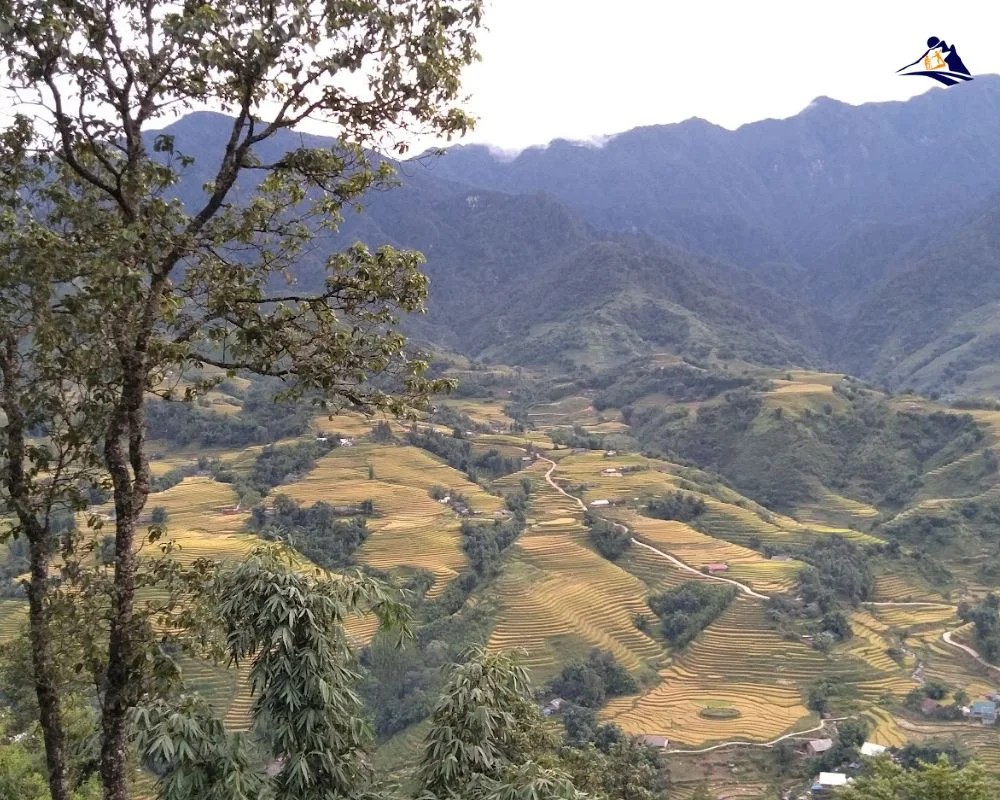
The best way to experience Sapa is to plan and make sure that you are adequately prepared for whatever type of adventure you have in mind. Make sure to research the local culture and customs before arrival to respect and appreciate local traditions. Additionally, travelers must stay hydrated and wear layers while trekking, as well as budget their time accordingly so they may explore all the amazing sights that Sapa has to offer.
So why wait? Start planning your trip today! With its stunning landscapes and vibrant culture, Sapa will surely be a trip of a lifetime!
FAQs about What is the Best Month to Visit Sapa:
1. What should I expect in terms of weather when visiting Sapa?
Visitors should expect temperate and humid weather during the months of October-December, mild temperatures and increased humidity between January-April, and a decreased amount of traffic with cooler temperatures from May-September.
2. What types of activities can I do while in Sapa?
Visitors to Sapa can enjoy trekking through jungles, exploring nearby villages, photography opportunities amid stunning mountain ranges, or simply appreciating the cultural nuances that make this area so special.
3. What is altitude sickness and how can it affect travelers?
Altitude sickness occurs when travel exceeds 3790 feet above sea level; symptoms may include nausea, dizziness, headaches, or fatigue which can be hindered by taking breaks throughout the day as well as plenty of water to stay hydrated.
4. What precautions should I take before traveling to Sapa?
Travelers are advised to wear layers for cold days out exploring nature’s wonders as well as waterproof clothing for potential rainfall on wet days. Additionally, tourists should also research local culture and customs for a more respectful journey.
5. What is the best time to visit Sapa?
The best time to visit Sapa depends on what type of experience you are looking for; cooler temperatures with decreased traffic can be found from May-September, while milder temperatures and wildflowers blooming during January-April make it ideal for photographers or bird watchers. Finally, October-December has moderate temperatures and fewer crowds which makes it great for trekking through jungles or exploring nearby villages. With its diverse landscapes and vibrant culture no matter which month you choose, your trip to Sapa will certainly be memorable!
Sapa 1 Day Tours

- 1 day experience
- Moderate to challenging
- Cultural immersion & active adventure
- Rice fields, valleys & villages
- Private tours
- Vegan-friendly
Sapa 2 Day Tours

- 2 days 1 night experience
- Moderate to challenging
- Cultural immersion & active adventure
- Mountains, valleys, rice fields and villages
- Private tours
- Vegan-friendly
Sapa 3 Day Tours

- 3 days 2 night experience
- Moderate to challenging
- Cultural immersion & active adventure
- Mountains, valley, rice fields & villages
- Private tours
- Vegan-friendly
Sapa 4 Day Tours

- 4 days 3 night experience
- Moderate to challenging
- Cultural immersion & active adventure
- Mountains, valleys, rice fields & villages
- Private tours – Less Touristic
- Vegan-friendly
